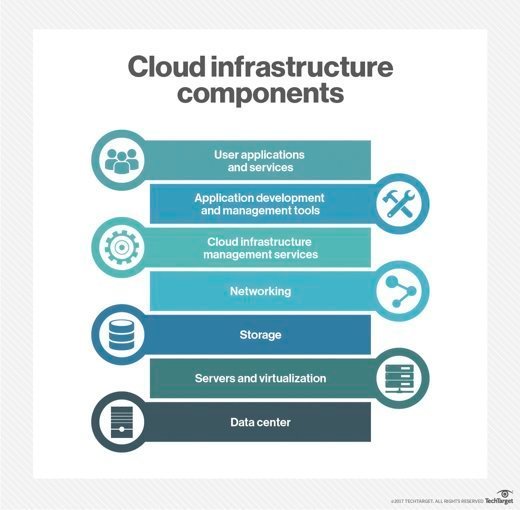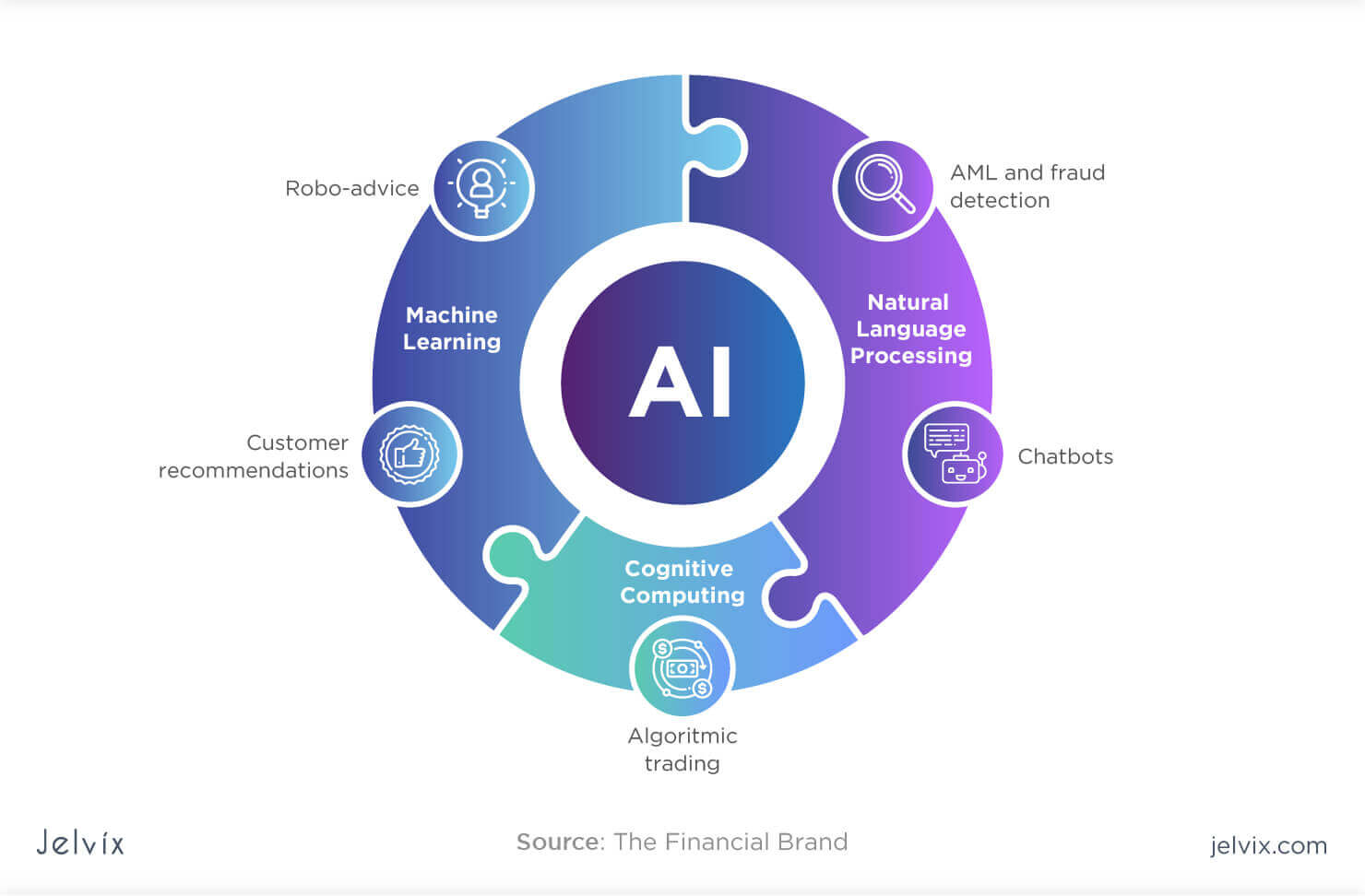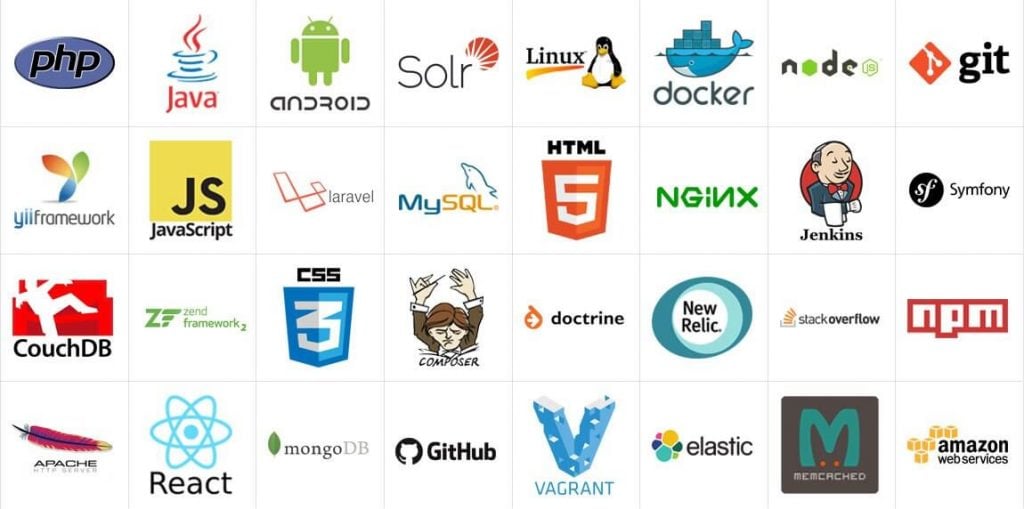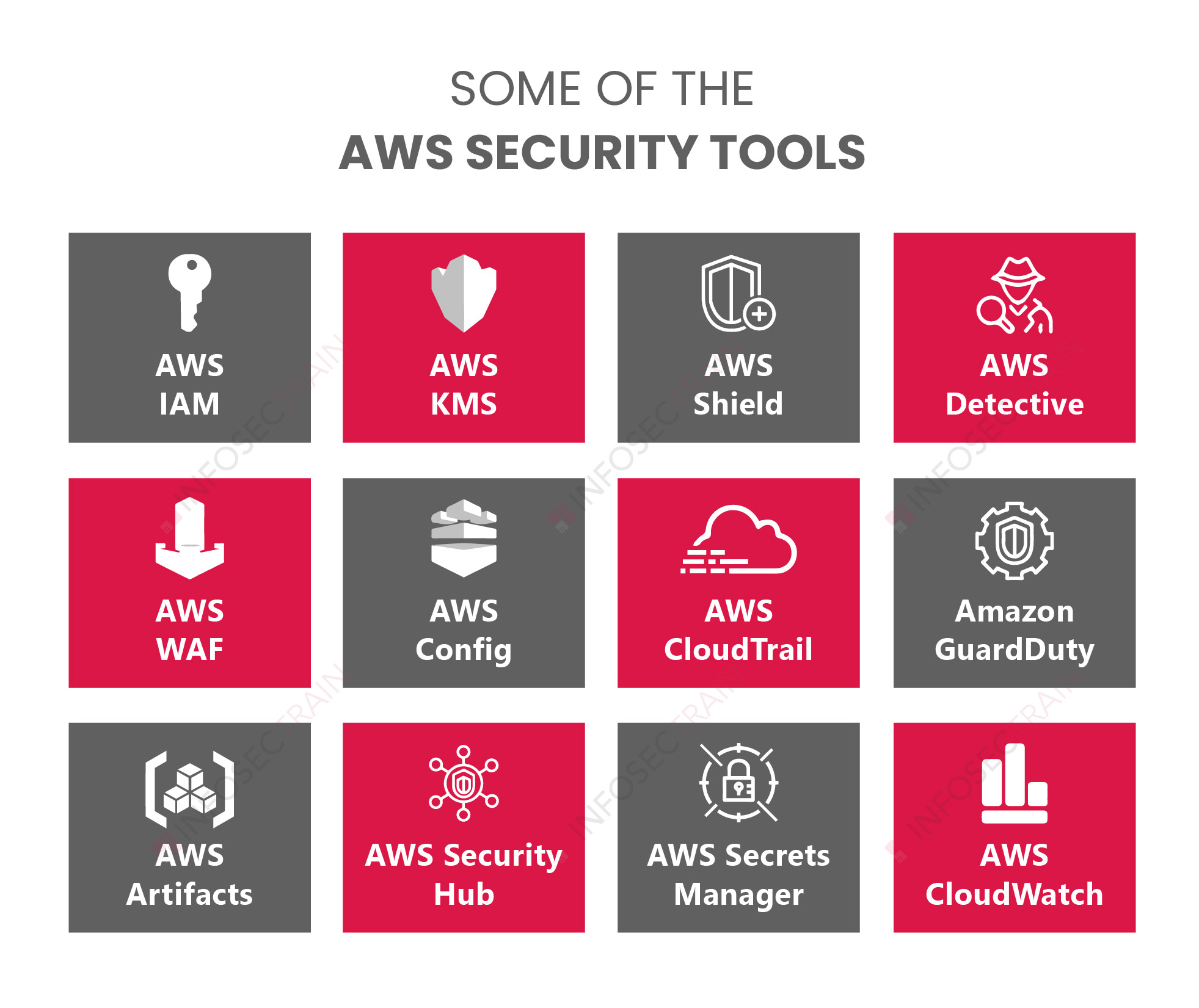Unraveling the AWS Ecosystem: A Diverse Range of Offerings
AWS Products and Services encompass a vast array of cloud computing, data storage, and application development tools designed to cater to a wide range of user needs. This comprehensive guide delves into the AWS ecosystem, highlighting its key components and benefits. The AWS universe offers an extensive selection of services, ensuring that users can find the right tools for their specific requirements.
Infrastructure Services: Building the Foundation of Your Cloud Environment
AWS infrastructure services, including Amazon Elastic Compute Cloud (EC2), Amazon Simple Storage Service (S3), and Amazon Virtual Private Cloud (VPC), provide the foundation for robust and adaptable cloud environments. These services cater to various user needs, ensuring secure, scalable, and high-performance computing resources.
Amazon EC2 offers flexible and scalable compute capacity, allowing users to launch and manage virtual servers in the cloud. With a wide range of instance types and configurations, EC2 enables users to tailor their computing resources to specific workload requirements.
Amazon S3 provides durable, secure, and scalable object storage for data backup, archival, and analytics. Users can store and retrieve any amount of data, with flexible management options and seamless integration with other AWS services.
Amazon VPC enables users to create and manage virtual networks in the AWS cloud. This service offers secure and private connectivity between AWS resources and on-premises infrastructure, ensuring seamless integration and data transfer.
Analytics Services: Unlocking Insights from Data
AWS analytics services, such as Amazon Kinesis, Amazon QuickSight, and AWS Glue, empower users to process, analyze, and visualize data in real-time. These tools help organizations make informed decisions and optimize their business operations by unlocking valuable insights from raw data.
Amazon Kinesis enables users to collect, process, and analyze real-time streaming data, such as video, audio, application logs, and website clickstreams. This service simplifies the process of building custom applications for data processing and analysis, allowing users to gain real-time insights and react to changing conditions quickly.
Amazon QuickSight is a fast, cloud-powered business intelligence service that makes it easy to visualize and analyze data. With QuickSight, users can create interactive dashboards and reports, embed visualizations into applications, and share insights with others, making data-driven decision-making more accessible and efficient.
AWS Glue is a fully managed extract, transform, and load (ETL) service that simplifies data integration tasks. Glue automates the process of discovering, preparing, and moving data between data stores, allowing users to focus on data analysis and insights rather than data preparation and management.
Machine Learning and AI Services: Enhancing Applications with Intelligence
AWS machine learning and AI services, such as Amazon SageMaker, Amazon Lex, and Amazon Polly, enable developers to build intelligent applications with ease. These services empower businesses to create innovative solutions, automate processes, and make data-driven decisions, transforming industries and user experiences.
Amazon SageMaker is a fully managed service that provides developers and data scientists with the ability to build, train, and deploy machine learning models quickly. With SageMaker, users can easily prepare data, select algorithms, and scale machine learning workflows, reducing the time and effort required to develop intelligent applications.
Amazon Lex is a service for building conversational interfaces using voice and text. Lex enables developers to create sophisticated, natural language chatbots that can understand user requests, engage in conversation, and provide personalized responses. By integrating Lex into applications, businesses can improve customer engagement, streamline support, and automate routine tasks.
Amazon Polly is a text-to-speech service that uses advanced deep learning technologies to synthesize lifelike speech. Polly supports a wide range of voices in multiple languages, allowing developers to create applications that speak naturally and engage users in a more personal and interactive way. By incorporating Polly into their solutions, businesses can enhance accessibility, create more immersive experiences, and communicate more effectively with their customers.
Security Services: Safeguarding Your Cloud Assets
Security is a top priority for AWS, which offers a variety of services to protect your cloud resources. By leveraging AWS security services, such as AWS Identity and Access Management (IAM), Amazon Cognito, and AWS Key Management Service (KMS), users can maintain a secure cloud environment and safeguard their assets.
AWS Identity and Access Management (IAM) is a service that helps users securely control access to AWS resources. IAM enables users to create and manage AWS users and groups, define permissions, and ensure that only authorized individuals can access specific resources. By implementing IAM policies, users can enforce least privilege access, reducing the risk of unauthorized access and data breaches.
Amazon Cognito is a user identity and access management service that makes it easy to add user sign-up, sign-in, and access control to web and mobile apps. With Amazon Cognito, users can securely store and sync user data across devices, authenticate users using popular identity providers, and manage permissions using fine-grained access control policies.
AWS Key Management Service (KMS) is a managed service that makes it easy to create and control the encryption keys used to secure data. KMS enables users to encrypt sensitive data, protect encryption keys, and control access to both the data and the keys. By using KMS, users can ensure the confidentiality, integrity, and availability of their data, while meeting compliance requirements and industry best practices.
Management Tools: Streamlining Cloud Operations
AWS management tools, like AWS CloudFormation, AWS CloudWatch, and AWS Config, simplify cloud management tasks and improve operational efficiency. These services enable users to automate and optimize their cloud infrastructure, reducing manual intervention and minimizing the risk of errors.
AWS CloudFormation is a service that allows users to create and manage a collection of related AWS resources, called a “stack,” in an orderly and predictable manner. With CloudFormation, users can define their infrastructure as code, using templates that specify resource configurations and dependencies. By automating the infrastructure deployment process, users can save time, reduce costs, and ensure consistent, repeatable deployments across different environments.
AWS CloudWatch is a monitoring and observability service that provides users with real-time visibility into their AWS resources and applications. CloudWatch collects metrics, logs, and events from AWS resources and applications, enabling users to track performance, identify issues, and troubleshoot problems. With CloudWatch, users can set alarms, automate actions, and visualize data using custom dashboards, improving their operational efficiency and proactively addressing potential issues.
AWS Config is a service that enables users to assess, audit, and evaluate the configurations of their AWS resources. Config continuously monitors and records resource configurations and changes, providing users with a comprehensive view of their resource configuration history. By using Config, users can ensure compliance with internal policies and external regulations, detect configuration drifts, and diagnose and remediate issues, enhancing their security posture and operational efficiency.
Developer Tools: Accelerating Application Development
AWS developer tools, such as AWS CodeStar, AWS CodeCommit, and AWS CodeBuild, facilitate rapid application development and deployment. By integrating these services into your development workflow, you can streamline processes, improve collaboration, and deliver high-quality software faster.
AWS CodeStar is a service that enables users to develop, build, and deploy applications quickly and efficiently. With CodeStar, users can set up a complete software development environment in minutes, including source code control, continuous integration, and continuous delivery (CI/CD) pipelines. CodeStar supports popular programming languages and development tools, allowing teams to work together more effectively and accelerate the software development lifecycle.
AWS CodeCommit is a fully-managed source control service that makes it easy for users to host secure and scalable private Git repositories. CodeCommit eliminates the need to operate your own source control system or worry about scaling, backup, or disaster recovery. By using CodeCommit, users can securely store and manage code, collaborate on projects, and track changes, ensuring version control and improving code quality.
AWS CodeBuild is a fully-managed continuous integration service that compiles source code, runs tests, and produces software packages that are ready to deploy. CodeBuild automates the build process, enabling users to scale their builds effortlessly and pay only for the compute resources they use. By using CodeBuild, users can eliminate the need to provision, manage, and scale their own build servers, reducing operational overhead and accelerating the build process.
How to Choose the Right AWS Products and Services: A Strategic Approach
With a plethora of AWS products and services available, selecting the right ones for your needs can be challenging. To make an informed decision, consider a strategic approach that takes into account factors like cost, scalability, and security. By following these steps, you can ensure that you harness the full potential of AWS offerings and optimize your cloud infrastructure for your specific requirements.
Step 1: Define Your Business Needs and Goals
Begin by identifying your business objectives and the specific challenges you aim to address with AWS products and services. Consider factors like cost reduction, scalability, performance, security, and compliance. By understanding your needs and goals, you can narrow down the list of potential AWS offerings and focus on those that align with your objectives.
Step 2: Evaluate Service Features and Capabilities
Once you have identified a list of potential AWS products and services, evaluate their features and capabilities to ensure they meet your requirements. Consider factors like performance, scalability, security, and integration with existing tools and systems. By understanding the strengths and limitations of each offering, you can make informed decisions about which services to adopt.
Step 3: Assess Cost and Pricing Models
Cost is a crucial factor when choosing AWS products and services. Carefully review the pricing models for each offering, considering factors like usage-based fees, reserved instances, and volume discounts. By understanding the total cost of ownership and return on investment, you can make financially sound decisions about which services to adopt.
Step 4: Consider Security and Compliance Requirements
Security and compliance are essential considerations when selecting AWS products and services. Ensure that the offerings you choose meet your organization’s security requirements and comply with relevant regulations. By prioritizing security and compliance, you can protect your cloud infrastructure and avoid potential legal and financial consequences.
Step 5: Plan for Scalability and Future Growth
When choosing AWS products and services, consider your organization’s future growth and the potential need for increased capacity. By selecting offerings that can scale with your business, you can ensure long-term success and avoid the need for costly migrations or upgrades.
Step 6: Test and Validate Selected Services
Before fully committing to AWS products and services, test and validate them in a controlled environment. This process can help you identify potential issues, optimize configurations, and ensure seamless integration with existing systems. By thoroughly testing your selected services, you can minimize risks and ensure a smooth transition to the AWS ecosystem.







